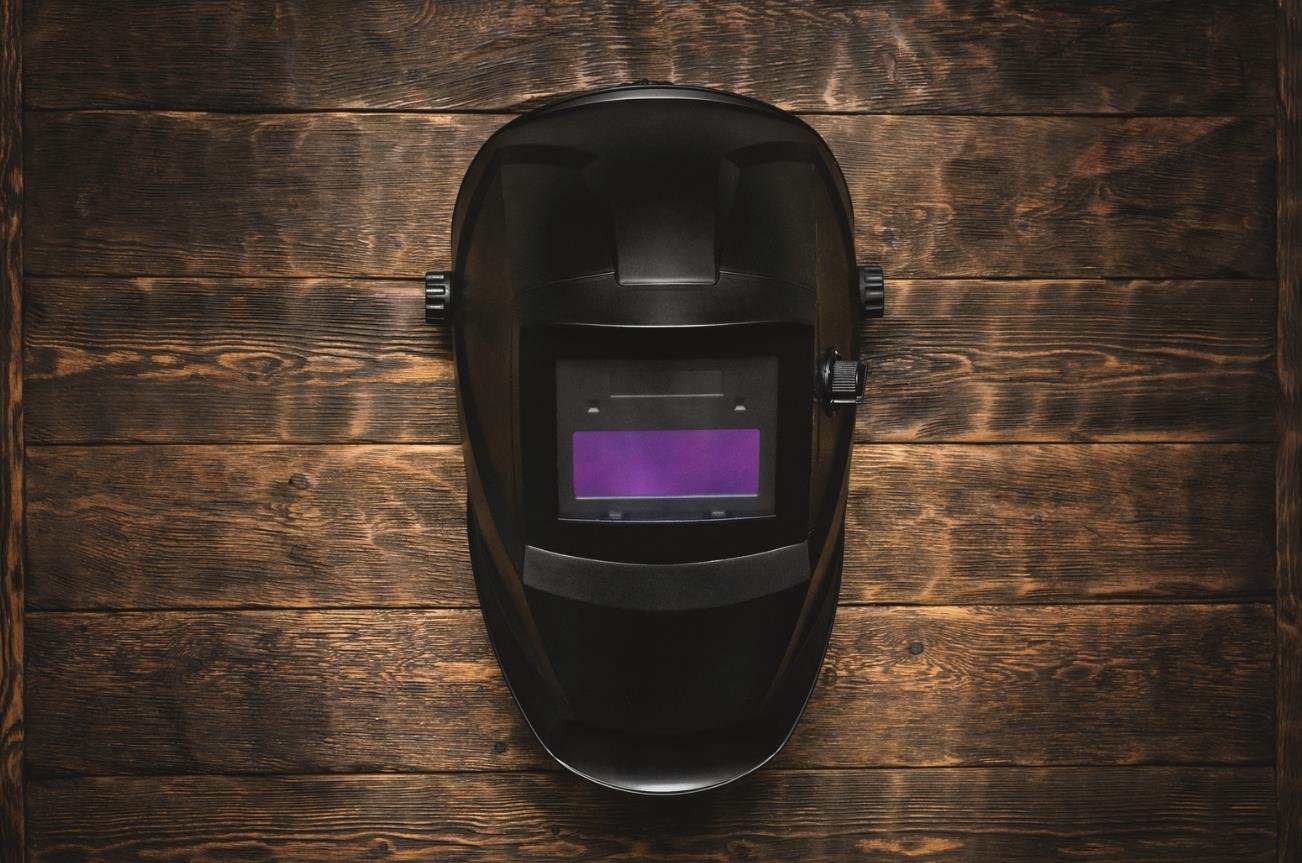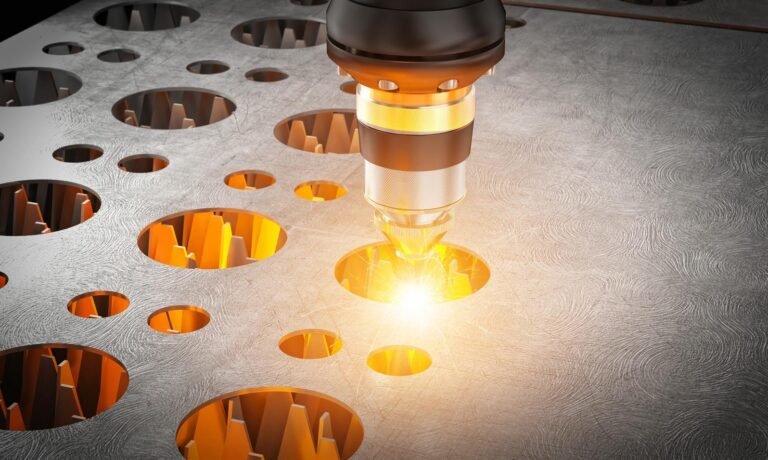Amazing Ultimate Tips About Eye Protection and Shade For Plasma Cutting
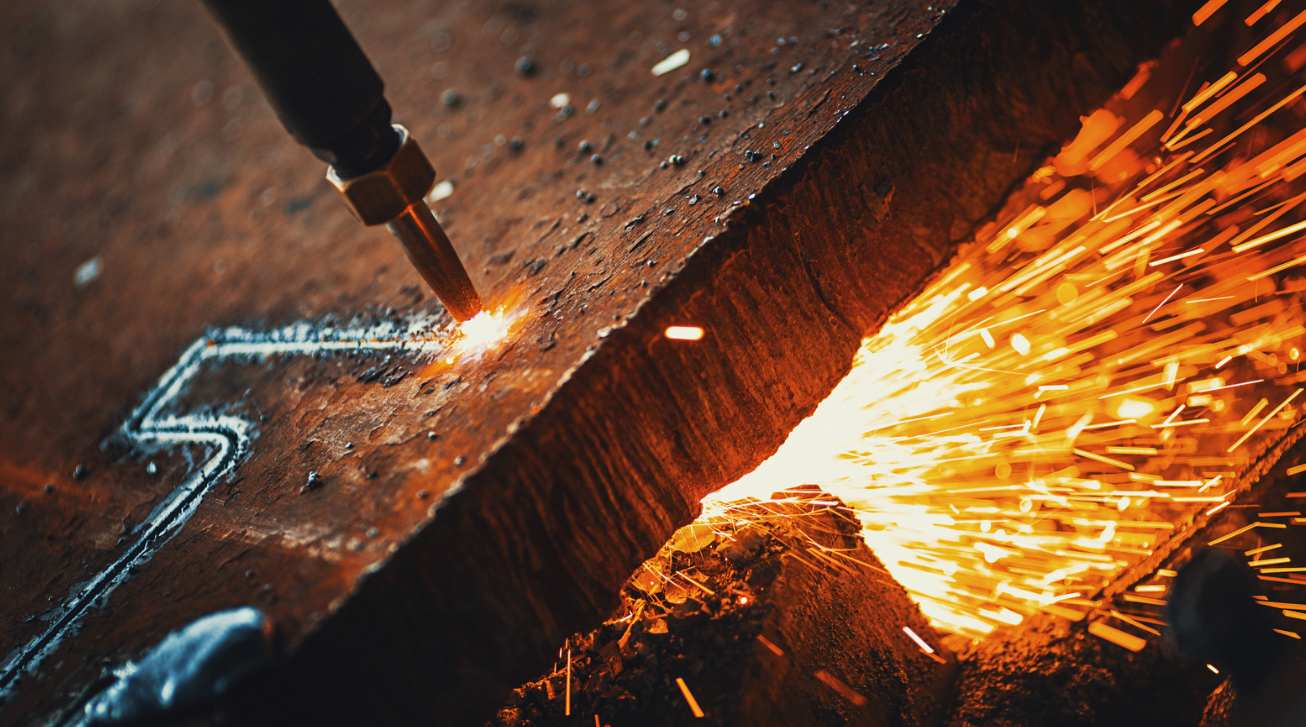
I. Importance of safety measures in plasma cutting
Plasma cutting is an essential technique used in various industries for cutting through different types of electrically conductive metals with precision and efficiency. However, as with any other industrial process, it involves certain risks and hazards that must be addressed to ensure the safety and well-being of its operators. Implementing safety measures in plasma cutting is crucial for reducing the possibility of accidents, injuries, and long-term health issues in the workplace.
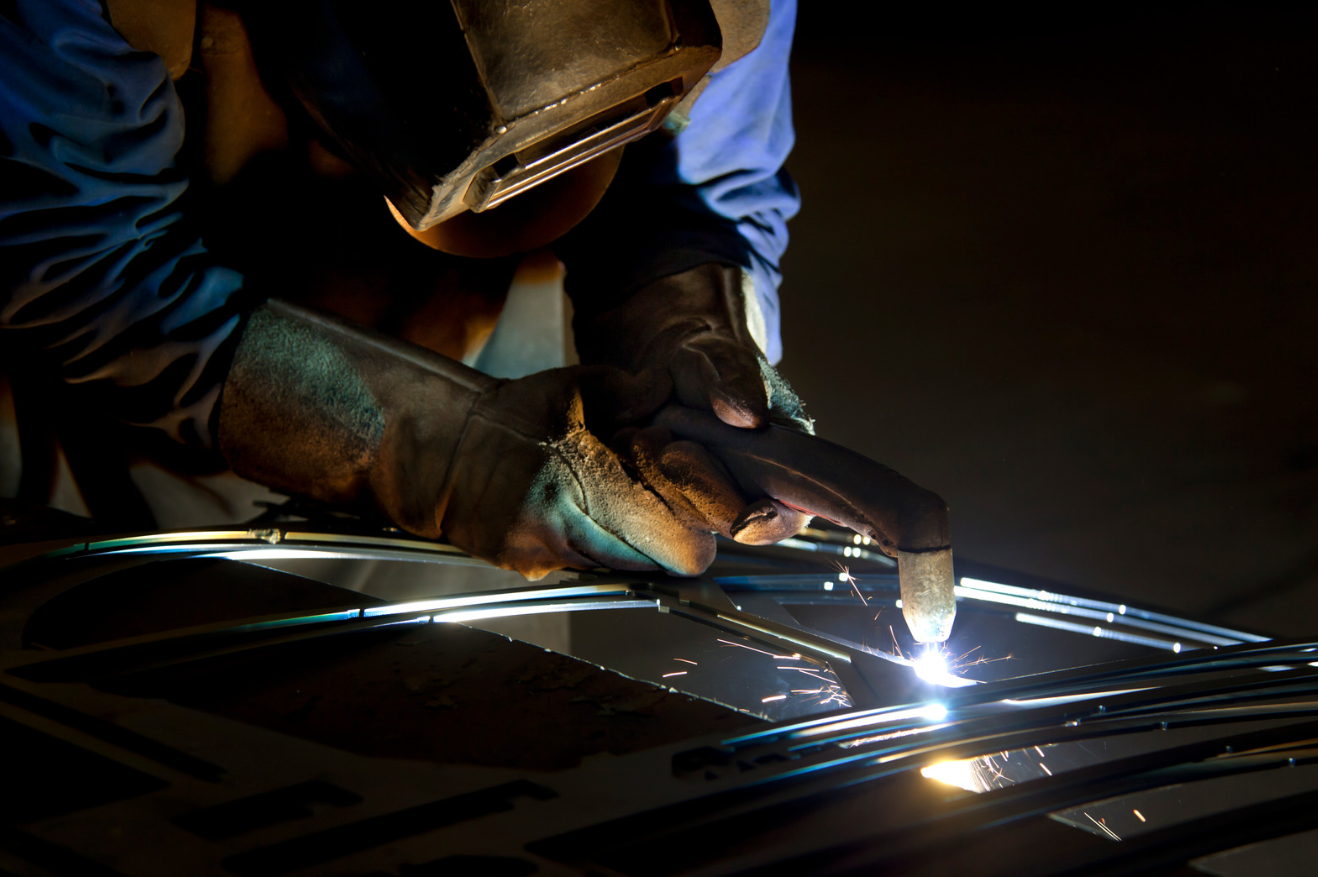
Some reasons that emphasize the importance of safety measures in plasma cutting are:
1. Minimizing the risk of injuries: The use of high voltage, extreme heat, and pressure during plasma cutting poses serious risks to the operator. Taking appropriate safety measures, such as wearing proper protective gear and following guidelines, can significantly reduce the chances of burns, cuts, and other injuries.
2. Ensuring eye safety: Plasma cutting generates intense light and harmful ultraviolet (UV) and infrared (IR) radiation, which can cause severe damage to the eyes if proper eye protection is not worn. Utilizing the correct safety eyewear minimizes the risk of temporary or permanent visual impairment due to the exposure to this intense light and radiation.
3. Reducing exposure to harmful fumes: Plasma cutting, especially on painted or coated metals, can release toxic fumes and gases that can cause respiratory issues and other health complications. Implementing safety measures, such as using adequate ventilation and wearing the right respiratory protection, can reduce the risk of inhalation of these hazardous substances.
4. Ensuring electrical safety: Since plasma cutting involves high voltage electrical currents, there’s always a risk of electrocution if proper precautions are not taken. Following electrical safety guidelines and ensuring that the equipment is well-maintained and grounded can prevent life-threatening accidents.
5. Creating a safer work environment: Ensuring that safety measures are implemented and followed consistently in the workplace will contribute to a safer work environment where employees can work more efficiently and with confidence. This can lead to higher productivity, job satisfaction, and lower rates of absenteeism due to work-related injuries.
II. Eye Protection: Types and Importance
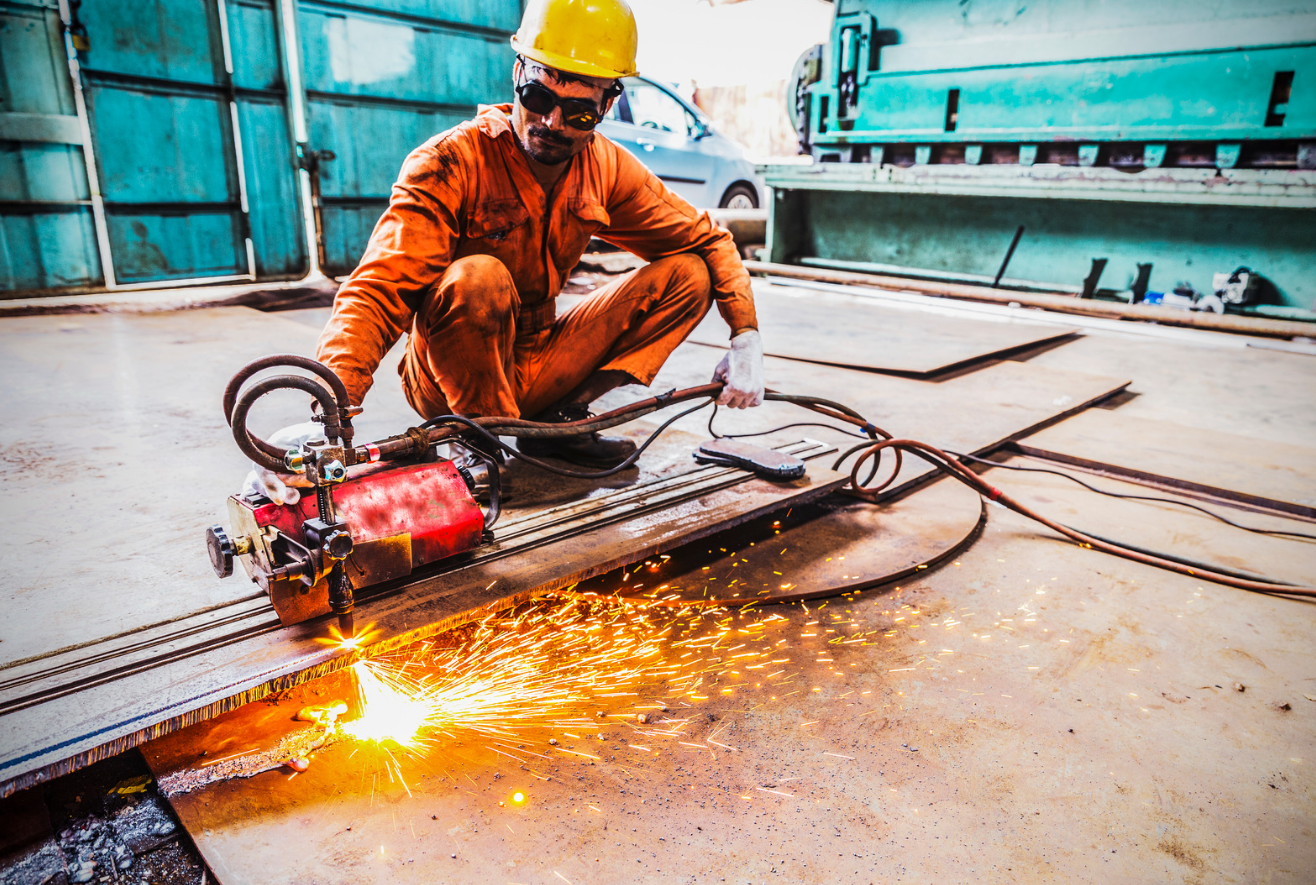
A. Safety glasses
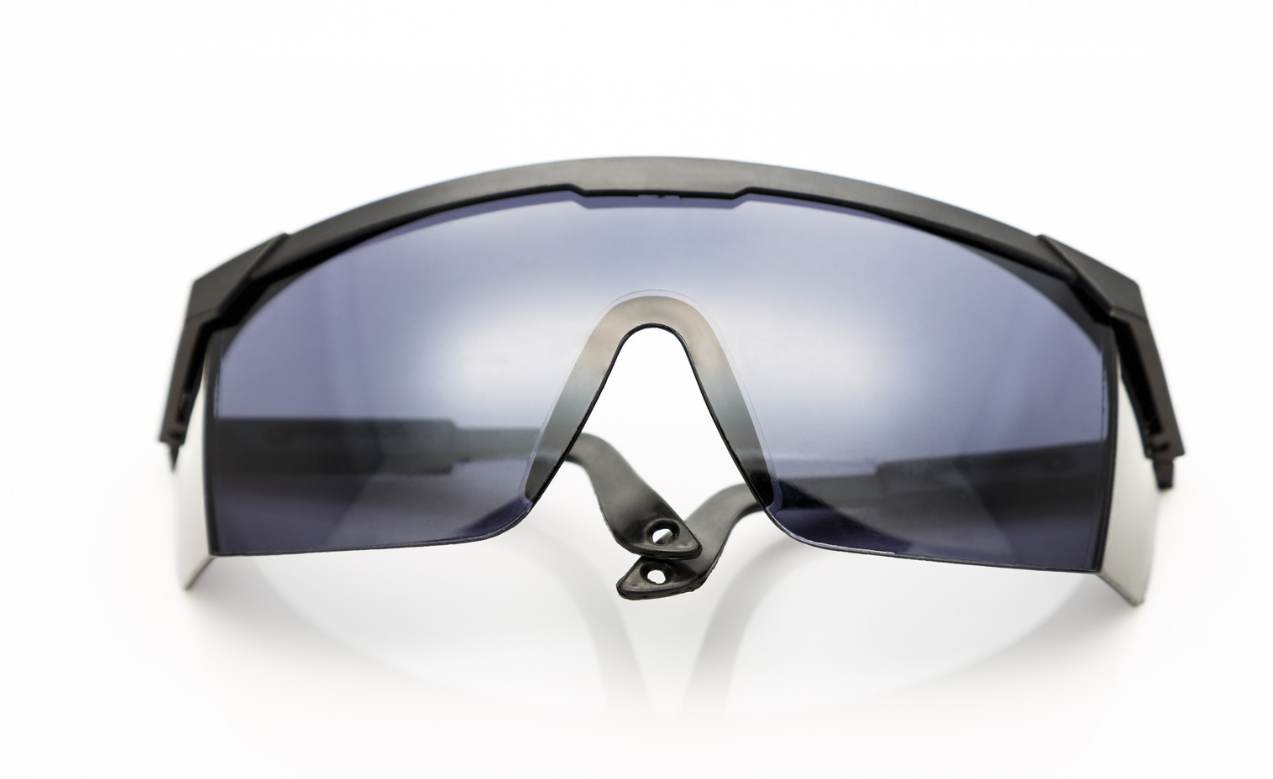
1. Overview of safety glasses
Safety glasses are a critical type of personal protective equipment (PPE) designed to protect the eyes from various hazards, such as flying debris, harmful radiation, and chemical splashes. They come in different styles, materials, and features, ensuring that users can find the right eyewear suited to their specific needs and working conditions. For plasma cutting, specialized safety glasses with appropriate shade levels are required to protect against the harmful UV and IR radiation that the process generates.
2. Factors to consider when choosing safety glasses for plasma cutting
When selecting safety glasses for plasma cutting, it is essential to consider the following factors:
i. Lens shade: The lens shade should correspond with the intensity of the light and the recommended shade range for plasma cutting to provide adequate protection against harmful radiation.
ii. Material: Polycarbonate or other impact-resistant materials are ideal for safety glasses in a plasma cutting environment, providing the necessary durability and resistance to potential hazards.
iii. Comfort and fit: Ergonomic and adjustable designs help ensure a secure and comfortable fit, reducing the risk of the glasses falling off or moving out of place during use.
iv. Side protection: Wraparound lenses or side shields help protect the eyes from debris or sparks coming from different angles.
v. Anti-fog and anti-scratch features: These properties help maintain clear vision during the cutting process, minimizing disruption and the need to constantly clean the lenses.
B. Welding helmets
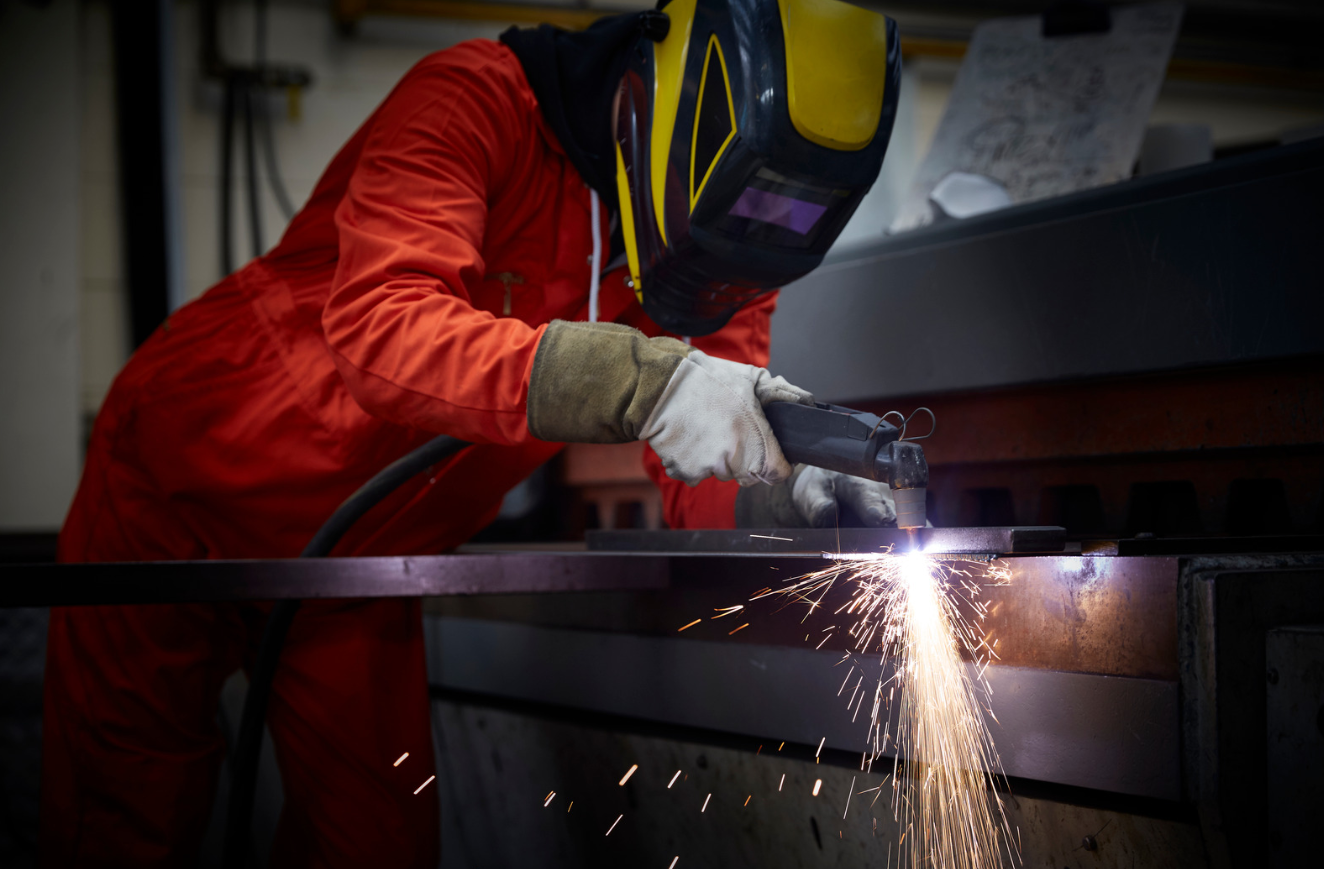
1. Overview of welding helmets
Welding helmets are another form of eye protection designed specifically for tasks like welding, cutting, and grinding. They consist of a protective headgear with an adjustable headband, allowing for a secure and comfortable fit. The front of the helmet features a lens or visor, typically with an auto-darkening filter (ADF) that adjusts the shade level based on the intensity of the light generated during the cutting process.
2. Benefits of using welding helmets for plasma cutting
Welding helmets offer several advantages for plasma cutting, such as:
i. Comprehensive eye and face protection: Welding helmets provide coverage for the entire face, significantly reducing the risk of injury from flying debris, sparks, and harmful radiation.
ii. Auto-darkening technology: The ADF in welding helmets automatically adjusts the shade level, providing optimal protection without the need to manually change lenses.
iii. Compatibility with other PPE: Welding helmets can be used in conjunction with other protective gear, such as respirators, ensuring all-around safety during the cutting process.
C. Importance of Wear Safety Glasses
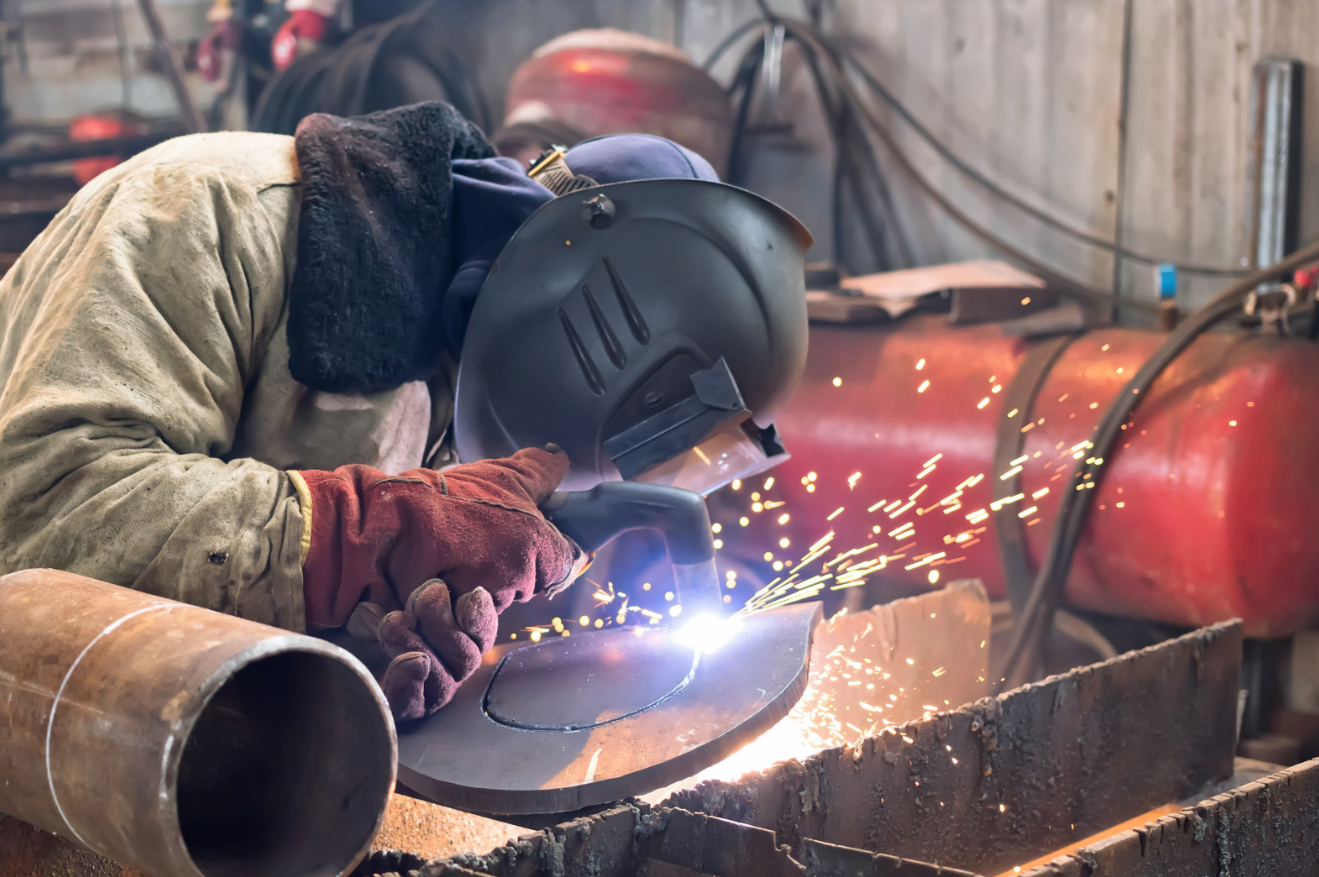
1. Potential risks of not using eye protection
Operators who do not wear suitable eye protection during plasma cutting are exposed to numerous risks, including:
i. Eye injuries: Flying debris, sparks, and slag can cause cuts, scratches, or even penetration injuries to the eyes, resulting in severe pain and potential vision loss.
ii. Photokeratitis: Also known as “welder’s flash” or “arc eye,” photokeratitis is a painful inflammation of the cornea caused by exposure to intense UV radiation emitted during plasma cutting.
iii. Cataracts and retinal damage: Long-term exposure to UV and IR radiation without proper eye protection can cause cataracts, retinal damage, and other serious eye issues.
2. Short and long-term effects on eyes
In the short term, inadequate eye protection during plasma cutting can lead to temporary vision disturbances, eye irritation, pain, and redness. Long-term effects, on the other hand, include an increased risk of cataracts, retinal damage, and permanent vision impairment.
III. Shade Selection: Factors and Recommendations
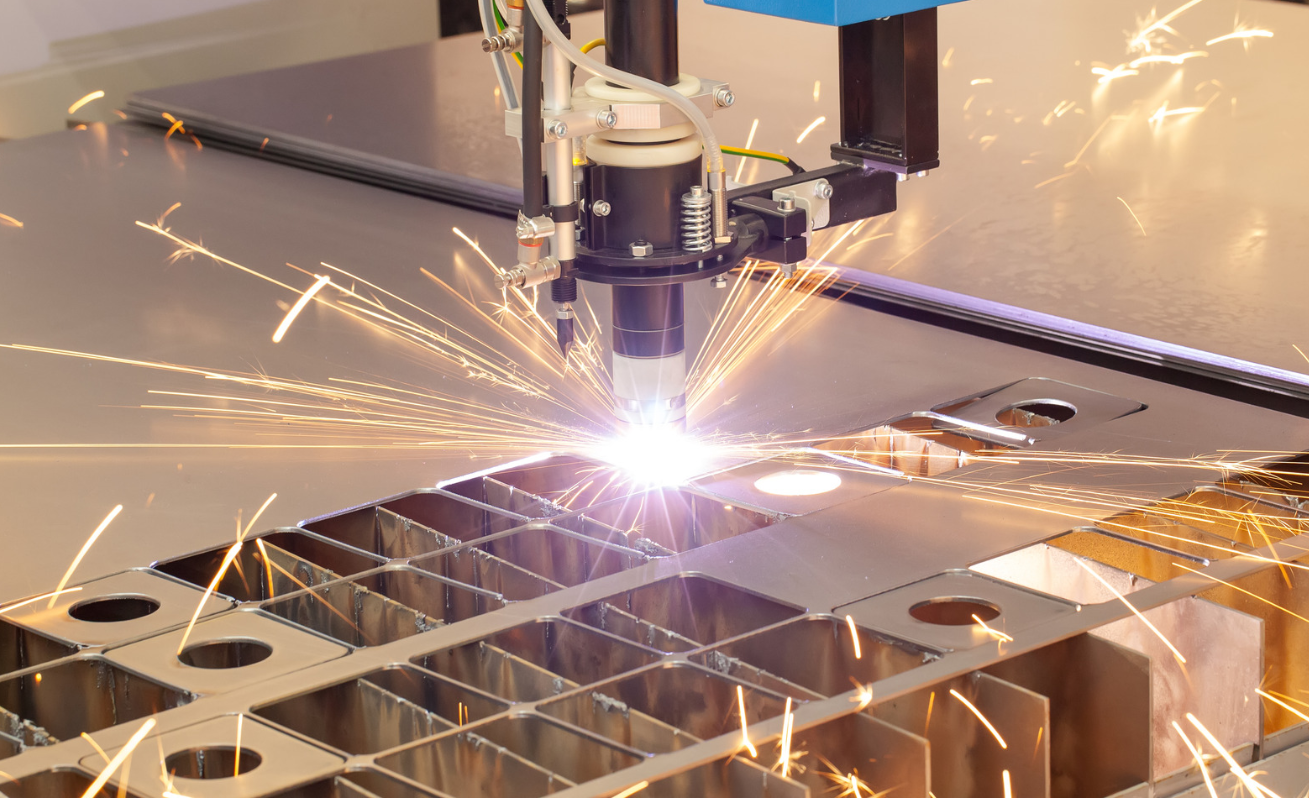
A. Factors affecting shade selection
Selecting the appropriate shade for eye protection during plasma cutting is essential to prevent optical damage and ensure clear visibility during the process. Several factors influence the choice of the right shade level, such as:
1. Material thickness: The thickness of the material being cut plays a significant role in determining the intensity of the light produced during plasma cutting. Thicker materials typically require higher amperage settings, resulting in brighter and more intense light. Therefore, a darker shade might be necessary to protect the eyes adequately.
2. Cutting amperage: The amperage setting on the plasma cutter directly impacts the intensity of the light and radiation produced during the cutting process. Higher amperage settings generate more intense light, necessitating darker shade levels for proper eye protection.
3. Viewing distance: The distance between the operator and the plasma cutting arc can also influence the required shade level. A closer viewing distance exposes the eyes to higher levels of radiation, requiring darker shades for sufficient protection.
B. Recommended shade range for plasma cutting
1. American Welding Society (AWS) recommendations: The American Welding Society provides guidelines on the proper shade levels for various welding and cutting processes, including plasma cutting. According to the AWS, plasma cutting operations require shade levels between 5 and 9, depending on the amperage used and the specific conditions of the task. As a general rule, lower amperages (up to 60 amps) require shade numbers around 5 to 6, while higher amperages (above 60 amps) necessitate shades between 7 and 9.
2. General guidelines for selecting the right shade: When determining the appropriate shade level for plasma cutting, consider the following general guidelines:
i. Start with a shade that is slightly lighter than the recommended range for the specific amperage: This enables the user to assess the comfort and visibility with the chosen shade.
ii. Adjust the shade based on comfort and visibility: If the light seems too bright, causing discomfort or difficulty seeing the work area, switch to a darker shade. Conversely, if the shade is too dark, making it challenging to see the cutting process, opt for a lighter shade.
iii. Test the chosen shade in the actual working conditions: It is essential to evaluate the effectiveness of the selected shade during the actual plasma cutting process to ensure proper protection and visibility throughout the task.
IV. FAQS
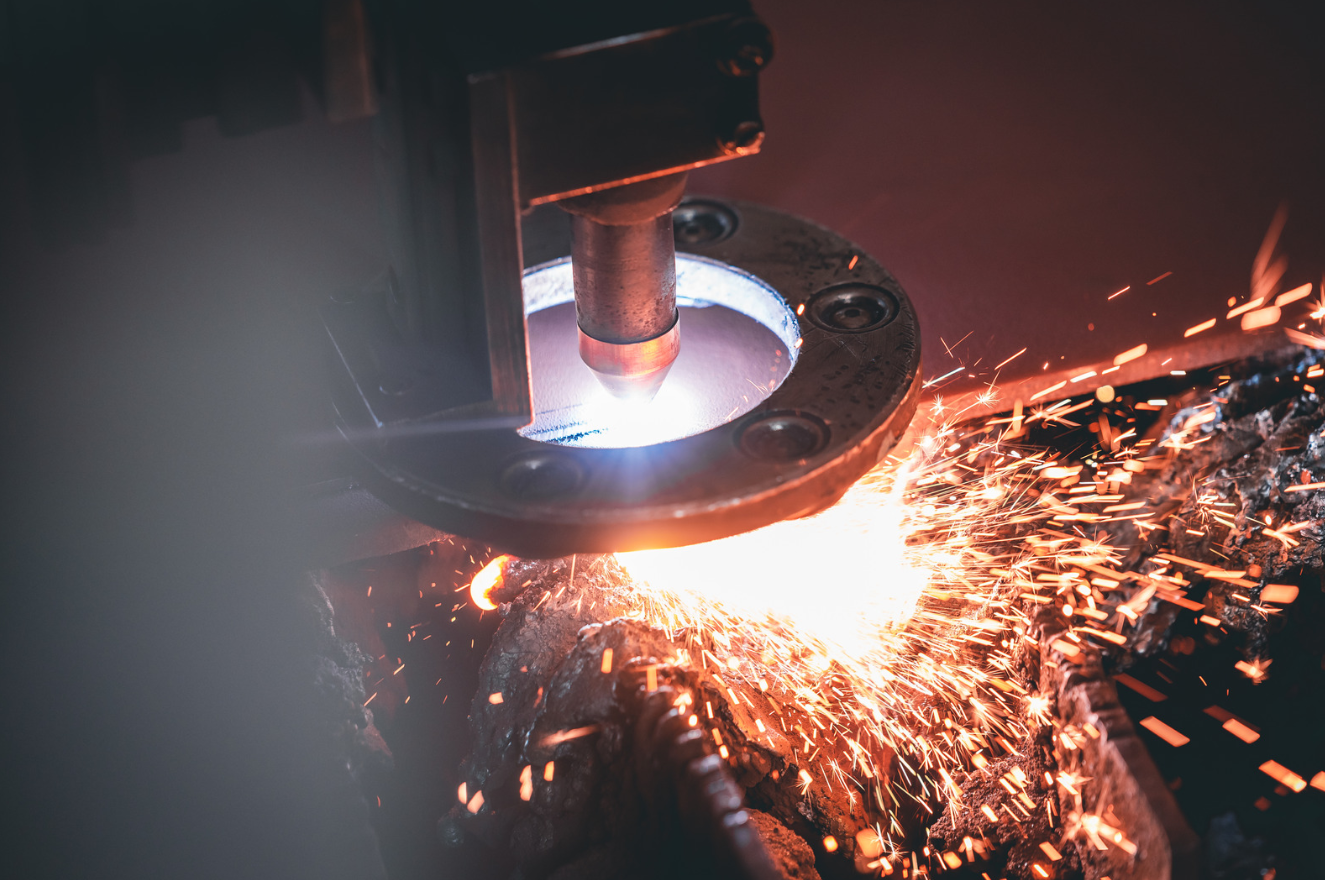
1.What shade should be used for plasma cutting?
The appropriate shade for plasma cutting depends on the cutting amperage and specific conditions of the task. According to the American Welding Society, plasma cutting operations require shade levels between 5 and 9. For lower amperages (up to 60 amps), shade numbers around 5 to 6 are recommended, while higher amperages (above 60 amps) necessitate shades between 7 and 9. It’s essential to test and adjust the shade based on comfort, visibility, and the actual working conditions to ensure proper protection during the plasma cutting process.
2.What eye protection should be used for plasma cutting?
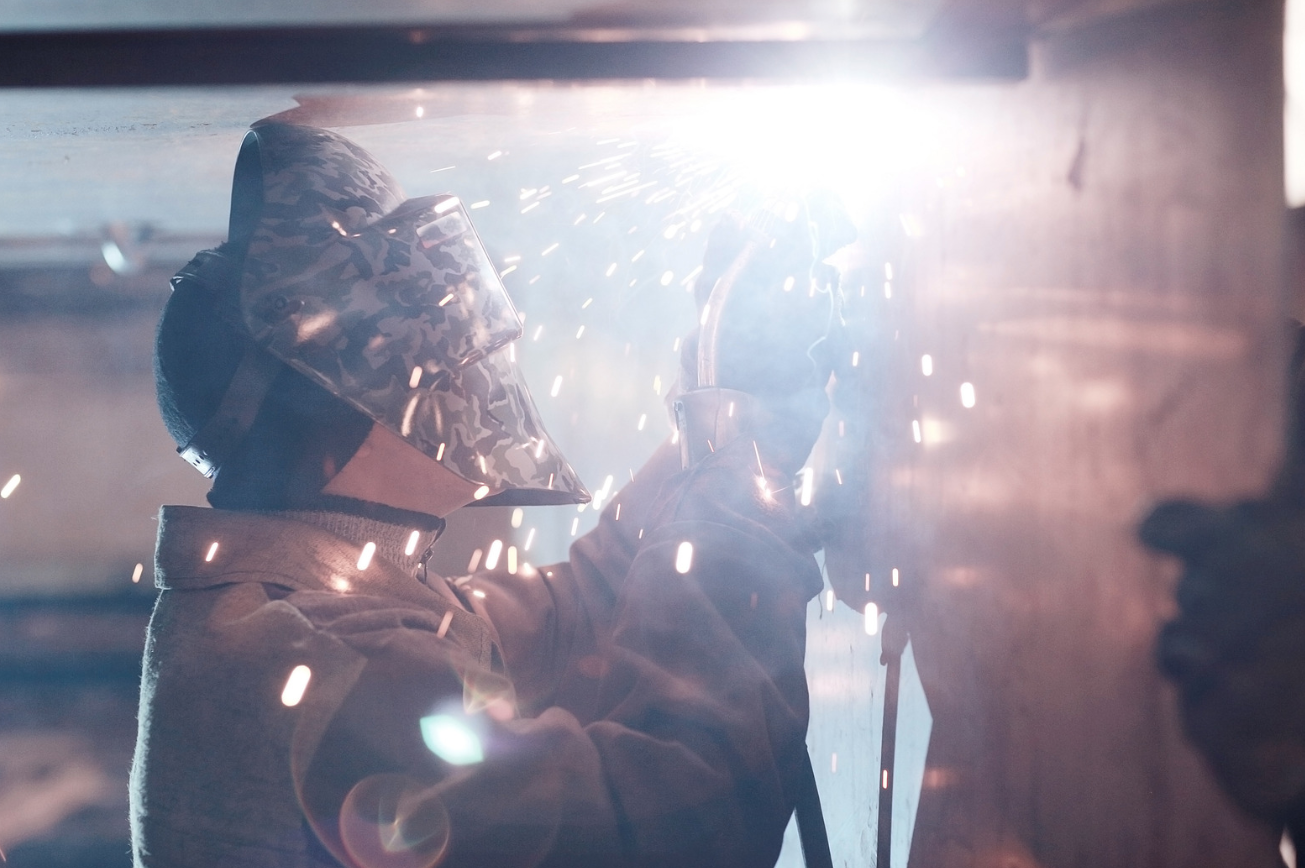
For plasma cutting, proper eye protection is essential to safeguard against harmful light and radiation. The two main types of eye protection recommended for plasma cutting are:
1. Safety glasses: These should be specialized safety glasses that offer an appropriate shade level for plasma cutting, providing adequate protection against harmful UV and IR radiation. Ensure the glasses have lenses made from impact-resistant materials like polycarbonate and feature side protection or wraparound lenses for shielding the eyes from debris and sparks coming from different angles.
2. Welding helmets: Welding helmets with auto-darkening filters (ADF) provide comprehensive eye and face protection during plasma cutting. The ADF automatically adjusts the shade level based on the intensity of the light generated in the cutting process, offering optimal protection without needing manual adjustments.
It’s crucial to select eye protection that offers a comfortable and secure fit and meets the shade level requirements for the specific plasma cutting task. Remember to use eye protection in conjunction with other protective gear like gloves, respiratory protection, and fire-resistant clothing when working with plasma cutting equipment.
3.What type of safety glasses should be used for plasma cutting?
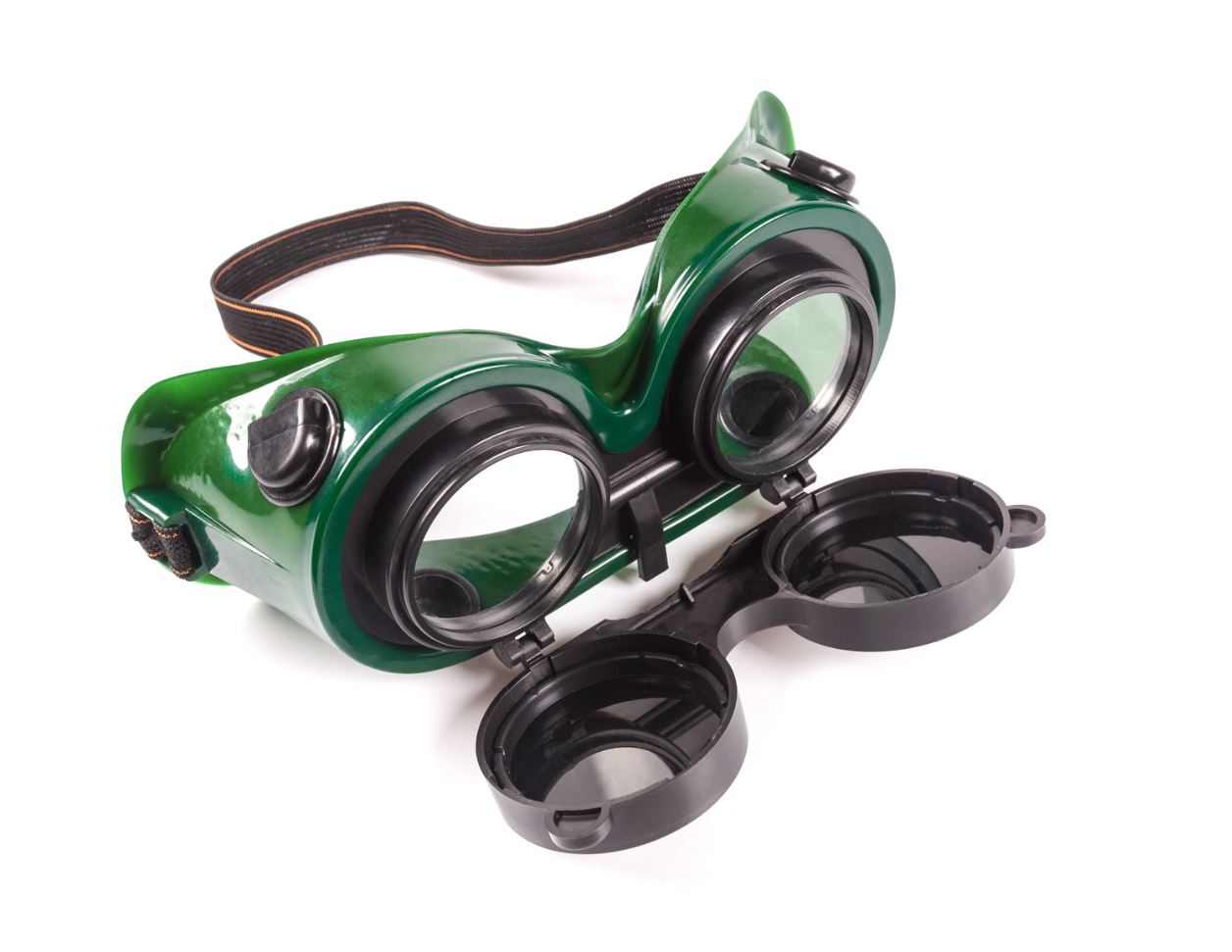
When choosing safety glasses for plasma cutting, ensure they possess the following features and characteristics:
1. Lens shade: Select safety glasses with lenses that offer the appropriate shade level for plasma cutting, ranging between 5 and 9, depending on the cutting amperage and task conditions. The correct shade will protect your eyes from harmful UV and IR radiation produced during the cutting process.
2. Material: The lenses should be made from impact-resistant materials, such as polycarbonate, providing durability and the necessary protection against potential hazards.
3. Comfort and fit: Opt for safety glasses with an ergonomic and adjustable design that ensures a secure and comfortable fit. This reduces the risk of the glasses slipping off or shifting out of place during use.
4. Side protection: Choose safety glasses with wraparound lenses or side shields that protect the eyes from debris, sparks, or harmful light coming from different angles.
5. Anti-fog and anti-scratch features: Safety glasses with these properties help maintain clear vision throughout the cutting process, minimizing disruptions and reducing the need to frequently clean the lenses.
Emphasizing safety in plasma cutting cannot be overstated, as it is paramount in every aspect of the process. Wearing safety glasses and selecting the proper shade not only protects against intense visible light but also defends against the potentially harmful effects of infrared light, electromagnetic radiation, and blue light emitted during plasma arc cutting.
A comprehensive safety strategy incorporates the appropriate use of welding equipment, including plasma cutters, as well as the use of suitable protective gear such as a welding helmet or face shield. Observing correct handling procedures and maintaining a clean, organized workspace further contributes to a safe work environment. This broad spectrum approach to safety allows operators to work confidently, minimize the risks of accidents and injuries, and enhance efficiency and productivity.
Utilizing a welding helmet or wearing safety glasses with the right shade will effectively shield the eyes from the electric arc generated during plasma arc cutting. As operators continue to prioritize safety, it is vital to stay vigilant, adhere to recommended guidelines, and persistently work to enhance safety practices within the workspace.
Contact Us
Have any questions about plasma parts?
Plasma cutting equipment Accessories Safety protection products, etc.
Tel
+86-15370952128
lasersourcing@hotmail.com
15370952128
+86-15370952128

